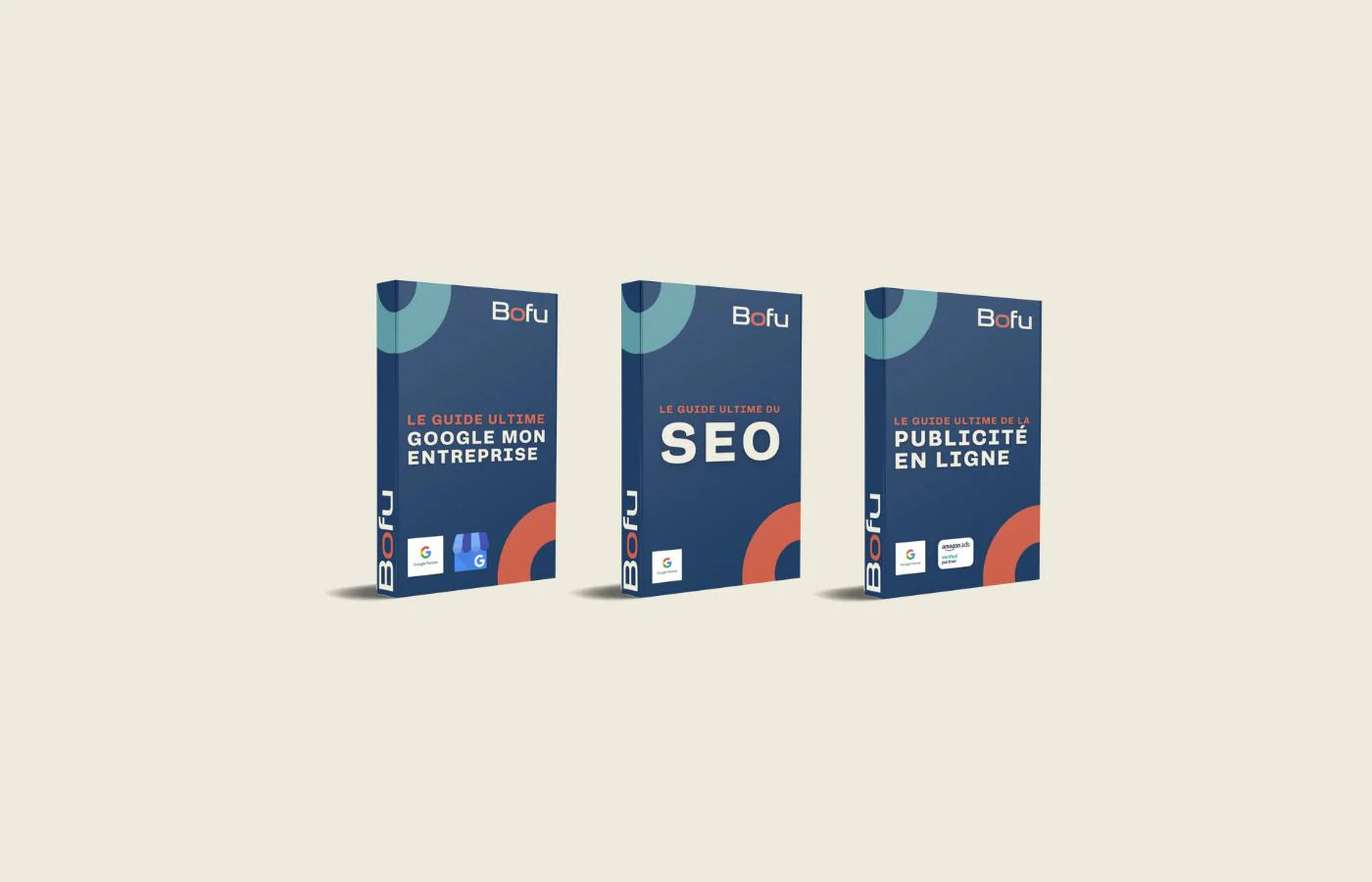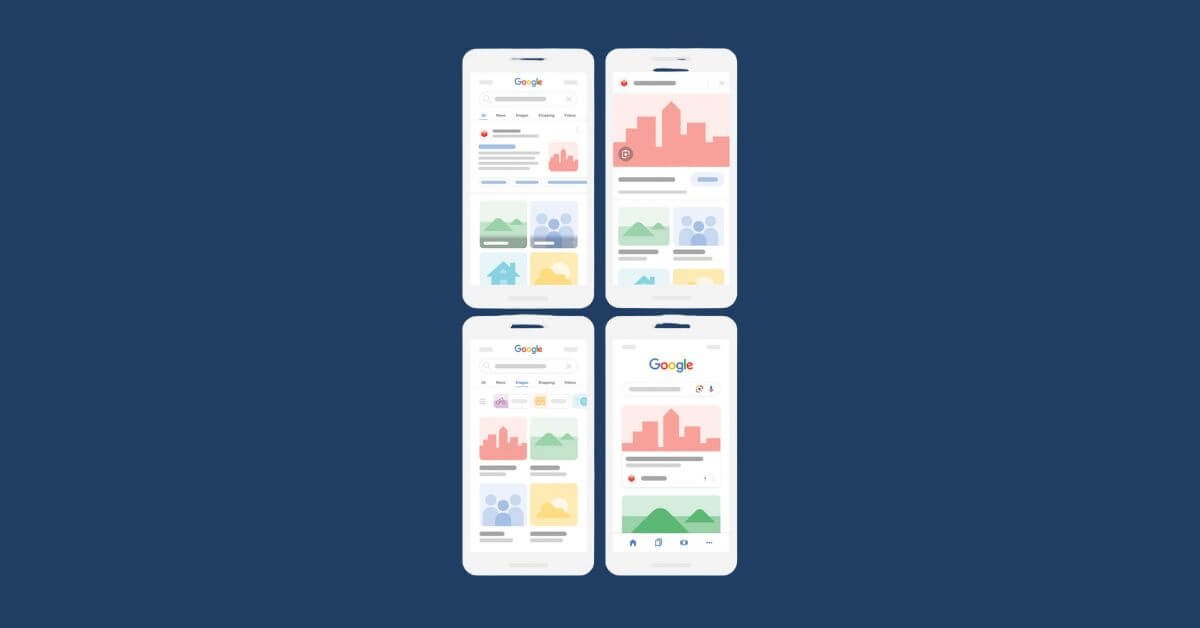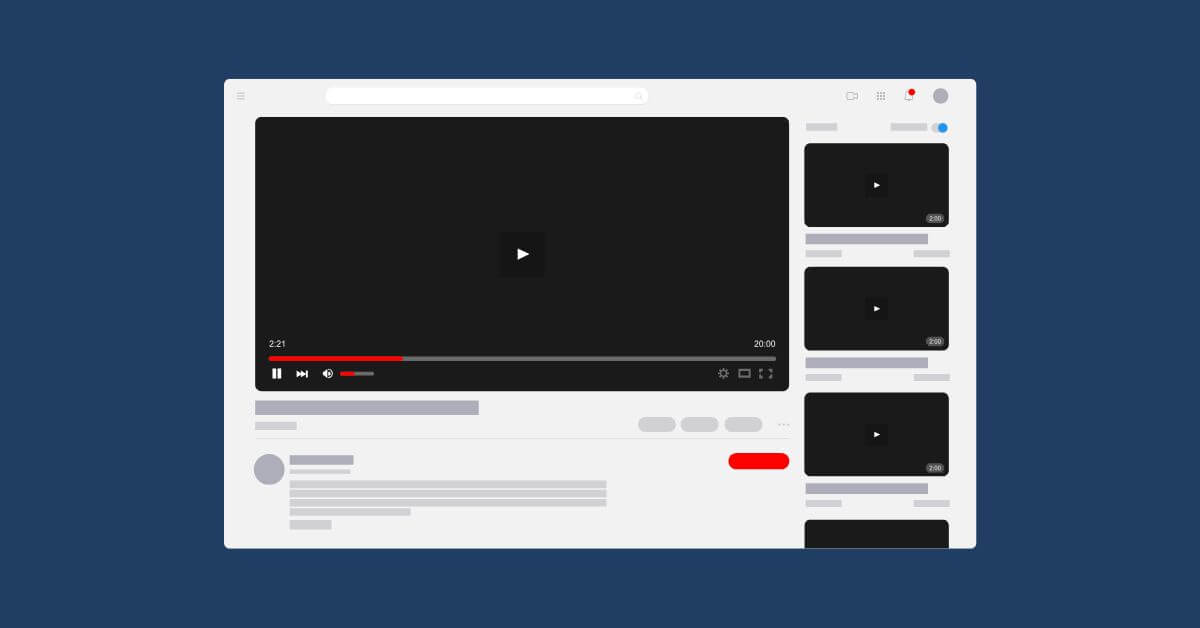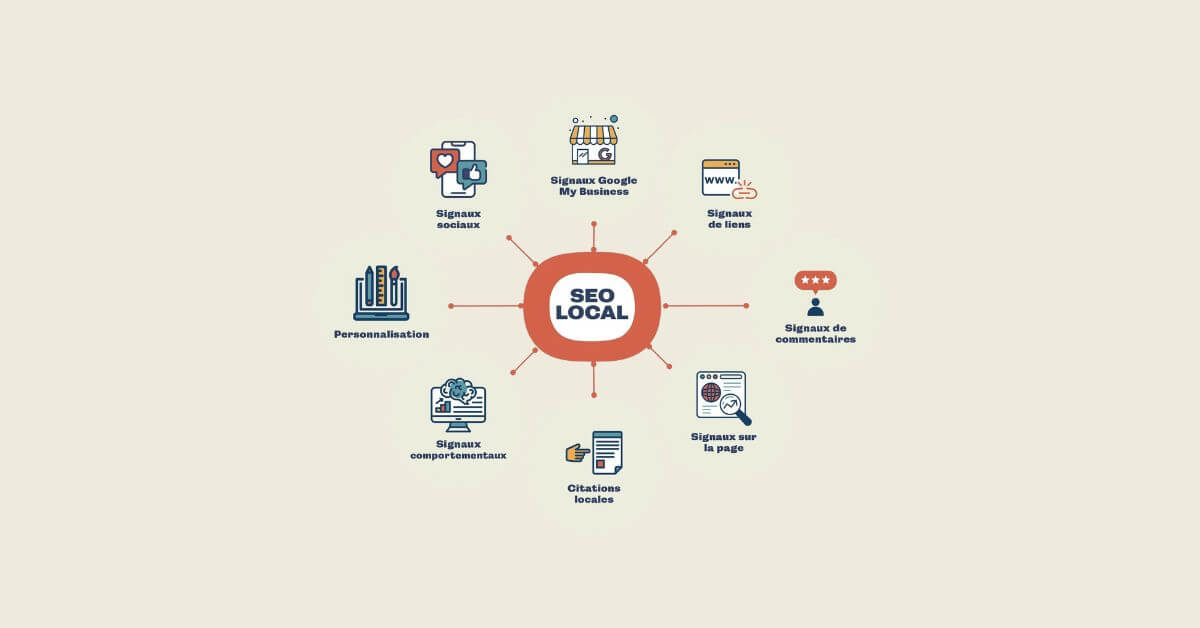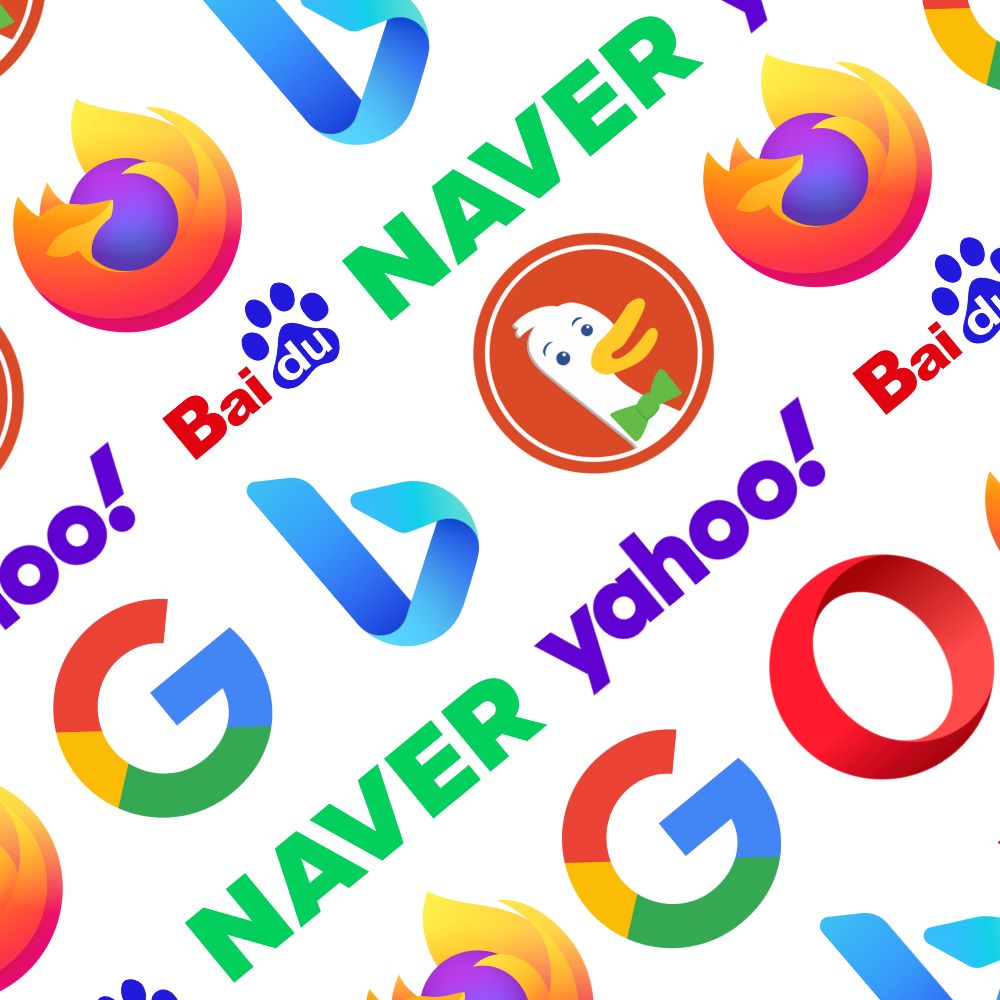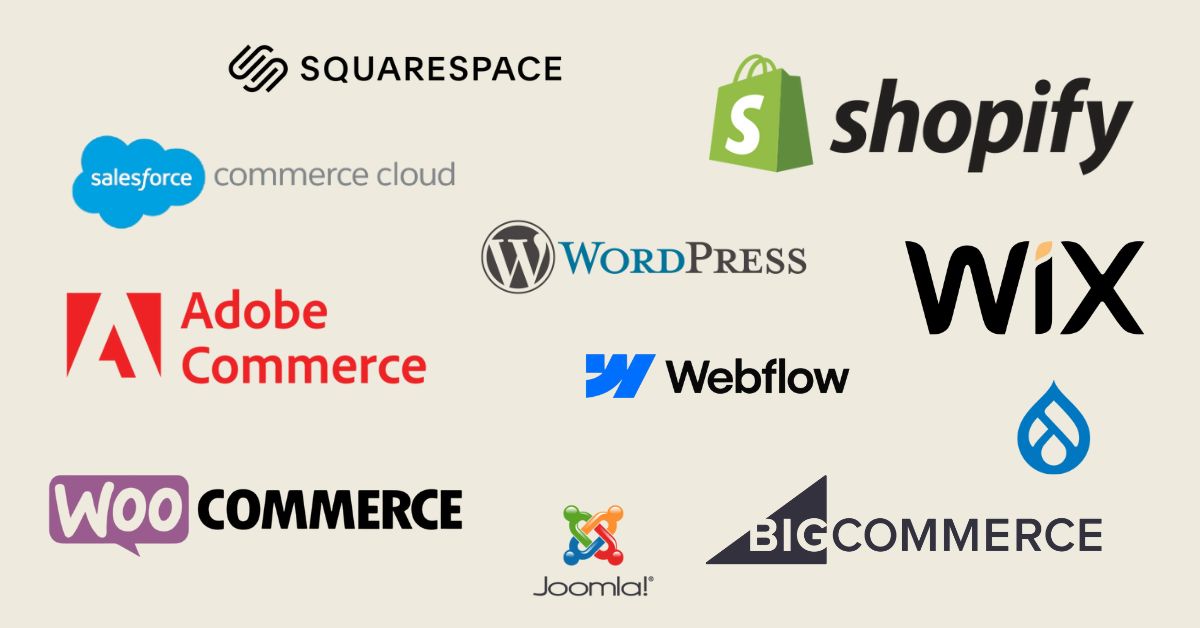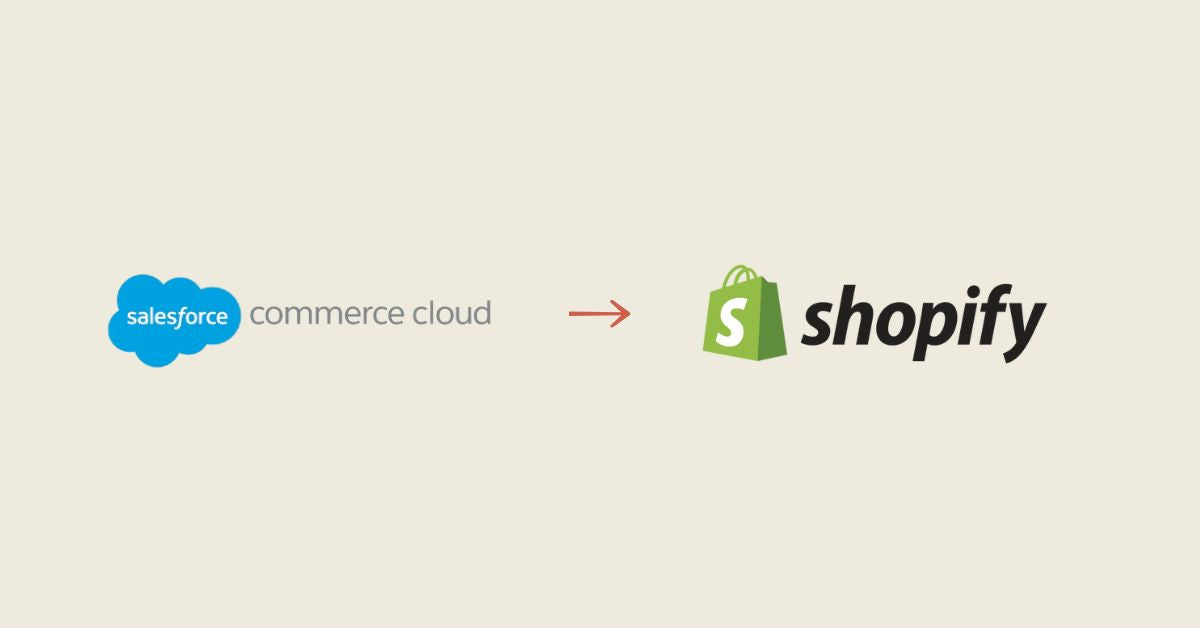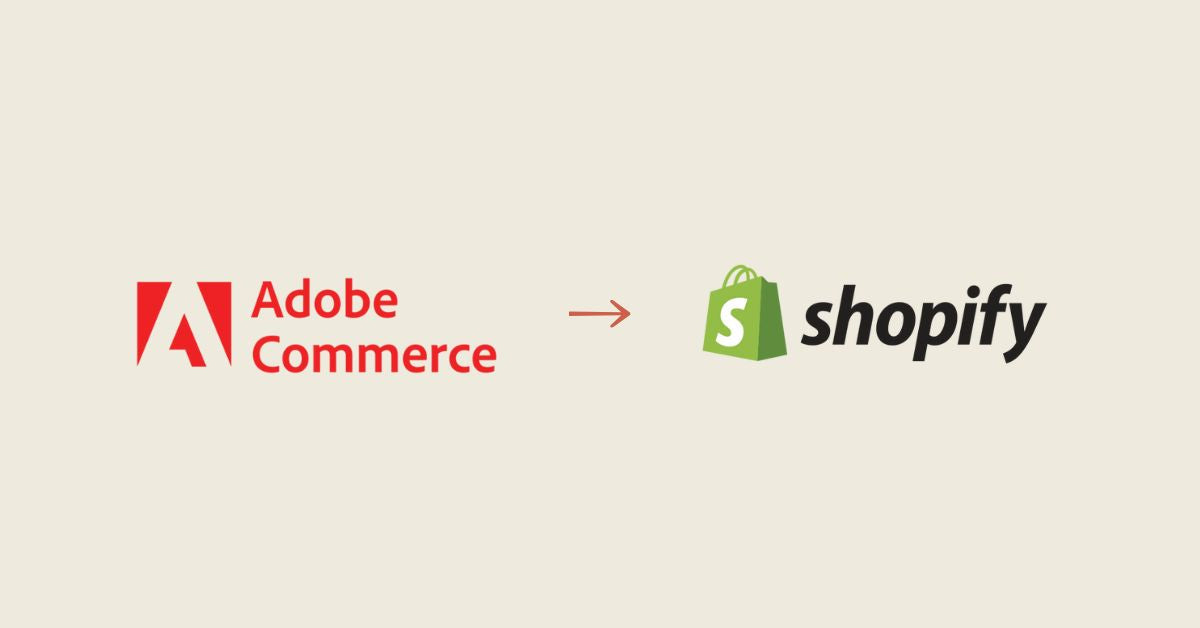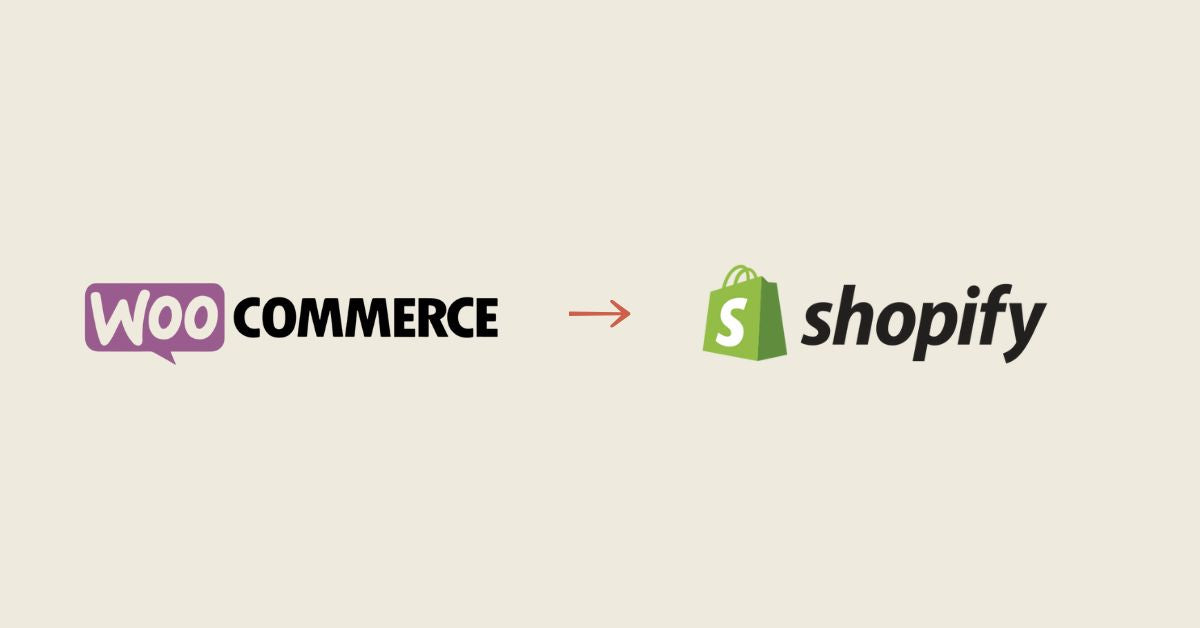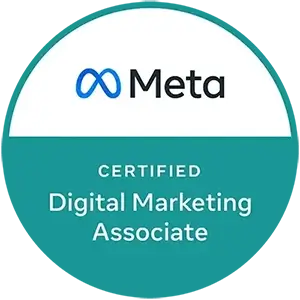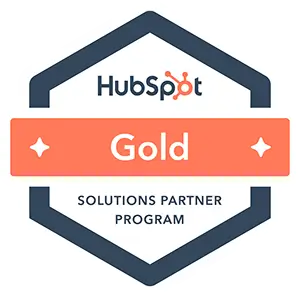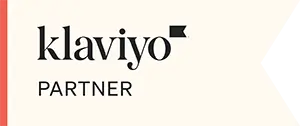Image optimization is often overlooked in SEO strategies. Yet, visuals play a vital role in user experience and can significantly influence your ranking on Google. In fact, according to a recent study published by Search Engine Journal , websites that properly optimize their images generate an average of 20% more traffic from Google Images.
This article explains why image optimization is essential, presents best practices for improving image visibility on search engines, and demonstrates how to integrate advanced artificial intelligence (AI)-based SEO techniques such as GEO, AEO, and AIO.
What is image SEO?
Image SEO refers to all the optimizations performed on your image files to make them easier for search engines to understand and index. These optimizations include:
-
The choice of formats adapted to web performance (JPEG, PNG, WebP, AVIF)
-
The Proper Use of Alt Text
-
Strategic naming of image files
-
Optimizing image size and weight for better loading speed
-
Using technical elements like structured data for images (Schema.org)
The main goal of image SEO is to improve the visibility of your visuals in Google Images, and to improve the overall natural referencing of your pages.
Why is image optimization essential to your SEO strategy?
Image optimization offers several concrete benefits:
-
Improved page loading speed : A fast site ensures a better user experience and contributes to a better ranking in search results, according to Google PageSpeed Insights criteria.
-
Generate additional traffic : Properly optimized images naturally attract more users through Google Images.
-
Strengthening the user experience : Optimized and adapted visuals help maintain visitor attention and reduce bounce rates.
Best practices for optimizing your images for SEO
Choose the right image format
Choose web-optimized formats, such as JPEG for traditional photos, PNG for images requiring transparency, or WebP and AVIF for high-quality, lightweight images. Choosing the right format directly contributes to the technical performance of your site ( Technical SEO ).
Reduce the size and compress your images
Use tools like TinyPNG or Imagify to compress your images without any visible loss of quality. Optimal image size reduction significantly improves loading speed, which is essential for technical SEO.
Use relevant Alt Text
Alt text helps Google understand the visual content of images. Incorporate your primary keyword in a natural and descriptive way while ensuring it remains relevant and informative for users.
For example :
-
Correct: “Black leather bag for men”
-
Incorrect: "black leather men's bag"
Name your image files wisely
Avoid generic names like "IMG001.jpg." Instead, use descriptive names that include the main keyword, such as "men's-nike-running-shoes.jpg."
Integrate structured data for images
Structured data (Schema.org) helps search engines better understand and contextualize your images, leading to rich results in Google Images.
How to integrate artificial intelligence (AI) into image optimization?
Generative Engine Optimization (GEO)
Generative search engines like Google Bard use AI to select and display relevant visuals in response to queries. Accurate and optimized image descriptions increase the chances of images being selected as the answer by these intelligent search engines ( Learn more about GEO ).
Answer Engine Optimization (AEO)
Voice assistants and answer engines favor visual content that is easy to understand and clearly contextualized. Make sure your images are accompanied by accurate and relevant descriptions to maximize their use in direct results ( Learn more about AEO ).
AI Indexing Optimization (AIO)
AIO aims to optimize image indexing by search engines using artificial intelligence. Correct and accurate markup of images (alt text, file names, structured data) facilitates their recognition and visibility on intelligent search engines ( Learn more about AIO ).
Common mistakes to avoid in image SEO
-
Not providing alternative texts : A lack of alt text prevents Google from understanding your image.
-
Using images that are too heavy : This significantly slows down the loading of your site and harms your SEO.
-
Incorrectly naming image files : Non-descriptive names make it difficult to index and understand visual content.
Conclusion: fully exploit the SEO potential of your images
Image optimization is a valuable and often untapped SEO lever. Combined with a comprehensive strategy that includes on-page SEO , off-page SEO , and technical SEO , it guarantees better visibility of your visual content on Google.
At Bofu, our team of specialists supports you in all your SEO optimizations to allow you to take full advantage of your visual content:
